
Tactical flashlights are indispensable tools for law enforcement professionals, offering advanced features that enhance visibility and operational effectiveness in a variety of scenarios. These high-performance devices feature multiple light modes, including strobe and SOS functions, to disorient threats or signal for help. Constructed from durable materials like aircraft-grade aluminum and hard-anodized coatings, these flashlights are designed to withstand the rigors of fieldwork and environmental extremes, ensuring consistent performance when it matters most. With high-output LEDs that deliver intense beams and a range of settings, law enforcement officers can effectively manage situations, control space, and maintain safety. Specialized training is crucial for maximizing the tactical advantages of these flashlights, adhering to legal guidelines, and ensuring their integration into daily operations leads to enhanced operational efficiency and situational awareness.
Compact light technology has revolutionized law enforcement operations, offering quick-response capabilities that were once unimaginable. Tactical flashlights for law enforcement serve as indispensable tools, enhancing safety and situational awareness in split seconds. This article delves into the essential features of these devices, emphasizing the critical role of high-quality LEDs and their advanced modes for optimal visibility. We will also discuss factors to consider when selecting a tactical flashlight, ensuring durability and reliability under pressure, and provide best practices for their practical use in the field. Understanding the integration of tactical flashlights into law enforcement arsenals is crucial for effective quick response scenarios. Join us as we shed light on these compact powerhouses that illuminate the path forward for officers worldwide.
- Understanding the Role of Compact Lights in Law Enforcement Operations
- Key Features of Tactical Flashlights for Effective Quick Response
- The Importance of High-Quality LEDs in Tactical Flashlights
- Factors to Consider When Selecting a Tactical Flashlight for Law Enforcement
- Advanced Modes and Settings: Maximizing Visibility in Various Environments
- Durability and Reliability: The Build of a Tactical Flashlight in High-Stress Situations
- Training and Best Practices for Using Tactical Flashlights in the Field
Understanding the Role of Compact Lights in Law Enforcement Operations
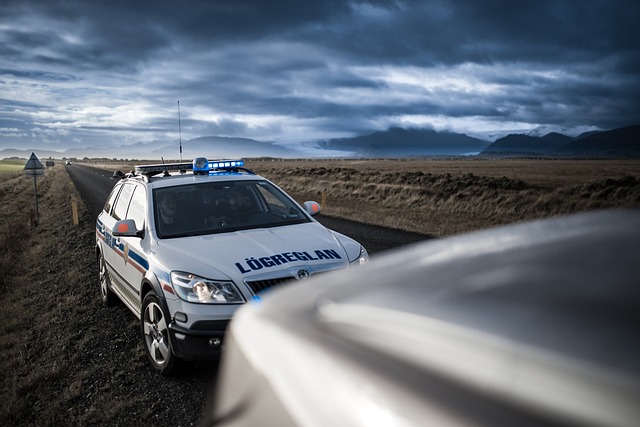
In contemporary law enforcement operations, tactical flashlights for law enforcement serve as indispensable tools that enhance safety and efficacy during various scenarios. These compact lights are designed to provide high-intensity illumination, enabling officers to navigate through low-light or dark environments with ease. Their role extends beyond mere visibility; tactical flashlights are instrumental in disorienting potential threats, deterring aggression, and aiding in the apprehension of suspects. The beam of a high-quality tactical flashlight can temporarily blind an assailant, creating an opportunity for officers to react or escape harm’s way. Moreover, these lights are often equipped with various modes—including strobe and SOS settings—which can be used as non-lethal means to control situations without resorting to firearms. The durability of tactical flashlights ensures they remain operational in demanding environments, often exposed to the elements or rough handling. Officers rely on these lights for their dependable performance, which is critical when every second counts and when the stakes are high.
The selection of a tactical flashlight for law enforcement should consider factors such as brightness, battery life, durability, and versatility. A tactical flashlight’s luminosity must be potent enough to illuminate areas effectively while not being so blinding that it hinders the officer’s ability to see. Additionally, a reliable power source is essential, particularly in emergency situations where officers cannot afford to have their light fail. Impact resistance and waterproofing are also vital attributes, as these lights must perform under various conditions. Lastly, features such as multiple beam settings can provide tactical advantages by allowing officers to adapt to different situations. The integration of these flashlights into law enforcement toolkits has proven invaluable, highlighting their role not just as a light source but as a versatile piece of equipment that contributes significantly to the safety and success of operations.
Key Features of Tactical Flashlights for Effective Quick Response

Tactical flashlights have become indispensable tools for law enforcement professionals who require a dependable light source in a variety of scenarios, from conducting nighttime operations to signaling for assistance. These devices are engineered with key features that enhance their utility in high-stress situations where quick response is paramount. A notable feature of tactical flashlights for law enforcement is their durable construction, which often includes a hard-anodized aluminum body that resists wear and tear, as well as impacts and water exposure. This durability ensures the light remains operational even in adverse conditions.
Moreover, these flashlights are designed with user-friendly interfaces that allow for easy operation under pressure. They typically feature tactile switches that can be activated momentarily or locked into constant-on mode to prevent accidental switching off during critical tasks. Additionally, they offer multiple beam intensities and modes, including strobe and SOS signals, which can disorient suspects, aid in night navigation, or signal for help in emergencies. The high-intensity beams can temporarily blind an assailant, providing valuable seconds for law enforcement officers to react, apprehend a subject, or navigate through dark environments. The compact size of these flashlights ensures they can be easily carried on a duty belt or in a pocket without adding significant bulk or weight. These tactical flashlights are a testament to the ingenuity and thoughtfulness put into tools that support the quick response capabilities of law enforcement personnel, making them a critical component of their equipment arsenal.
The Importance of High-Quality LEDs in Tactical Flashlights
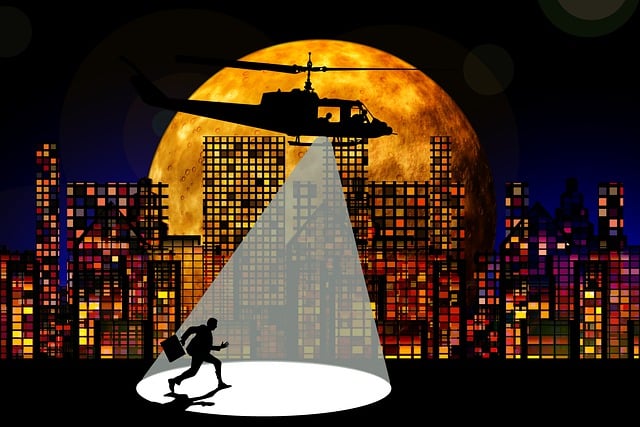
High-quality LEDs play a pivotal role in the efficacy and utility of tactical flashlights used by law enforcement personnel. Unlike their less efficient counterparts, high-quality LEDs offer an intense light output that can illuminate even the darkest environments with clarity, ensuring that officers can identify potential threats or evidence clearly. These LEDs are engineered to provide a focused beam, which is crucial for directing light exactly where it’s needed most, whether it’s to blind an adversary temporarily or to closely inspect objects or surfaces. Additionally, the longevity of high-quality LEDs means that law enforcement can rely on these flashlights to perform consistently over time, without the frequent replacements associated with less durable bulbs. The color spectrum emitted by these LEDs is also a significant factor; blue or red light spectra are often preferred for tactical applications as they can minimize the effect of night-adapted vision and reduce the visibility of the officer’s position to potential threats, offering an added layer of safety and strategic advantage.
Tactical flashlights designed for law enforcement are not just about brute lumens; they are sophisticated tools that incorporate advanced thermal management systems to prevent overheating during prolonged use, ensuring that officers can depend on their flashlights throughout demanding operations without the risk of burns or injury. The durability and impact resistance of these flashlights also cannot be overstated, as they must withstand the rigors of fieldwork, including rough handling and exposure to adverse conditions. When selecting a tactical flashlight, law enforcement professionals should prioritize those that feature high-quality LEDs, as they are indispensable for maintaining situational awareness, enhancing safety, and ensuring mission success in various operational contexts.
Factors to Consider When Selecting a Tactical Flashlight for Law Enforcement

When selecting a tactical flashlight for law enforcement applications, it is crucial to consider several key factors that can impact the effectiveness and reliability of the light in critical situations. Firstly, luminosity and beam intensity are paramount; a high-lumen output ensures that officers can temporarily blind suspects, illuminate dark environments, or signal for assistance. The throw distance, which determines how far the light beam reaches, should align with typical operational scenarios, whether it be close-quarters confrontations or long-range searches.
Durability and construction quality are also significant considerations. A tactical flashlight must withstand the rigors of daily use, exposure to various environmental conditions, and potential impacts against hard surfaces. Materials such as aerospace-grade aluminum alloys not only provide strength but also contribute to the device’s overall weight and balance, which are critical when the light is used as an impact tool or in single-handed operations. Furthermore, water resistance and impact resistance ratings (such as IPX/IK ratings) can guide officers in choosing a flashlight that meets their specific operational needs.
Additionally, user interface design is an important factor. A straightforward, intuitive user interface allows for quick activation and adjustment of light levels or modes without diverting attention from the task at hand. Options like momentary-on switch capabilities, strobe settings, or red/blue light emissions can be tactically advantageous in various situations. Battery life and power management are also vital; opting for flashlights with rechargeable lithium batteries and energy-efficient LEDs can reduce the frequency of battery replacements or power failures during critical operations.
In conclusion, when selecting a tactical flashlight for law enforcement, one must prioritize brightness, beam distance, durability, impact resistance, user interface design, and power management to ensure the device performs optimally under all conditions. Tactical Flashlights For Law Enforcement are not just tools; they are essential components of an officer’s arsenal, enhancing situational awareness, safety, and operational efficiency.
Advanced Modes and Settings: Maximizing Visibility in Various Environments
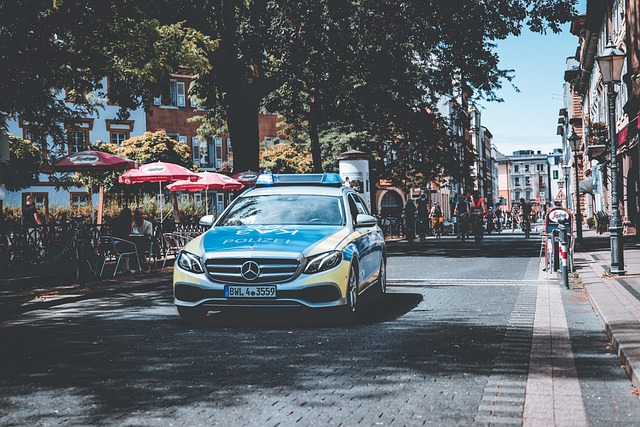
When it comes to tactical flashlights for law enforcement, the importance of advanced modes and settings cannot be overstated. These features enable officers to maximize visibility in a myriad of environments, from urban night operations to rural wilderness searches. A top-tier tactical flashlight offers various intensity levels, allowing for precise control over light output. This not only conserves battery life but also ensures the optimal amount of illumination for any given situation. Strobe and SOS modes can disorient suspects or signal for assistance without the need for aggressive brightness. Moreover, some models feature a red or green LED option that preserves night vision while still providing ample light.
For law enforcement personnel, the ability to adapt the flashlight’s settings to the environment is crucial. In narrow spaces or during stealth operations, a focused beam can cut through darkness and highlight areas of interest without revealing an officer’s position. Conversely, in open areas where awareness of one’s surroundings is paramount, a wider floodlight beam proves indispensable. Advanced tactical flashlights often come with programmable settings that can be customized to individual preferences or standardized across a department for consistency and efficiency. These settings can be locked to prevent accidental changes during critical situations, ensuring that the flashlight performs reliably under pressure.
Durability and Reliability: The Build of a Tactical Flashlight in High-Stress Situations
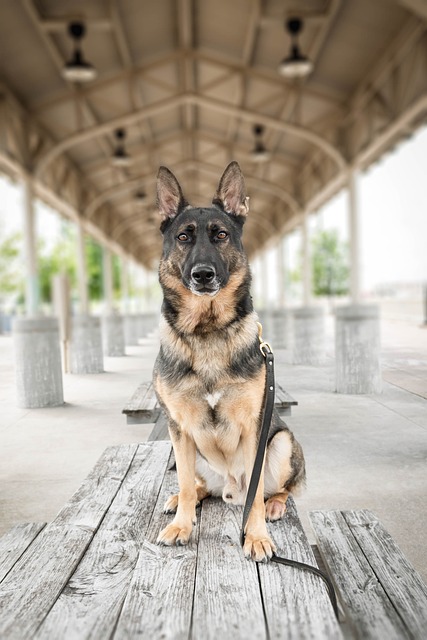
Tactical flashlights are critical tools for law enforcement professionals, often serving as both a source of illumination and a defensive instrument in high-stress situations. The durability and reliability of these flashlights are paramount, given the demanding conditions under which they operate. Constructed with robust materials such as aircraft-grade aluminum, tactical flashlights for law enforcement are designed to withstand rigorous use and environmental challenges. They are often built to military standards, ensuring they can endure drops, vibrations, and exposure to dust or water without failure. The hard-anodized finish not only protects against scratches but also provides a secure grip, which is essential when hands may be sweaty or wet during night operations.
Furthermore, the reliability of these flashlights is ensured through high-quality components and precise engineering. Law enforcement officers require a light source they can trust to operate consistently under pressure. Tactical flashlights are equipped with high-output LEDs that provide intense beams, capable of momentarily blinding an assailant or illuminating dark spaces with clarity. The intensity and consistency of the light output are critical factors that distinguish tactical flashlights from standard models. They often feature multiple modes, including strobe and SOS signals, which can be vital in disorienting a suspect or signaling for help during emergency situations. The consistent performance of these flashlights in various environmental and operational scenarios underscores their indispensable role within law enforcement toolkits.
Training and Best Practices for Using Tactical Flashlights in the Field
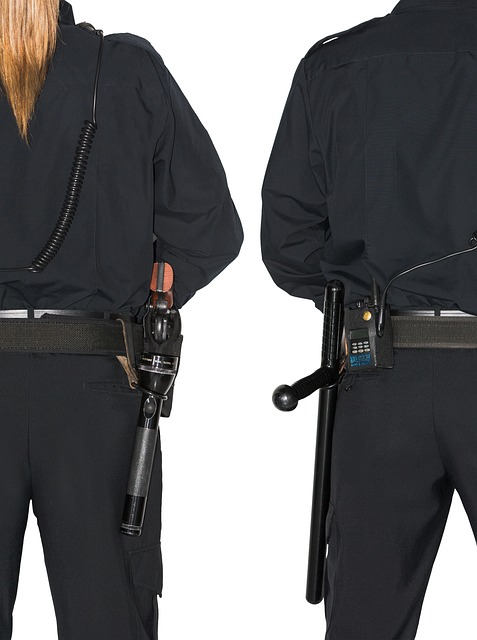
When deploying tactical flashlights for law enforcement, officers must undergo rigorous training to effectively integrate these tools into their field operations. The compact nature of these lights allows for quick response and maneuverability in dynamic situations. Training should focus on proper grip techniques, as a secure hold is essential for optimal use, especially when combined with other tactical equipment. Law enforcement personnel must familiarize themselves with the various light settings, including strobe and focused beam modes, to disorient potential threats or illuminate areas of interest without overexposing their positions.
Best practices in the field extend beyond mere operation. Officers should consider environmental conditions, such as weather and ambient lighting, when deploying tactical flashlights. The intensity and reach of the light can be used strategically to control space and manage crowds. Regular maintenance checks are crucial to ensure the flashlight’s reliability; this includes checking battery levels, lens clarity, and beam functionality before each shift. Additionally, understanding the legal implications of using a flashlight in various jurisdictions is paramount. Law enforcement agencies should establish clear protocols that align with state and federal regulations regarding the use of force and illumination devices. By adhering to these training and best practices, law enforcement can effectively utilize tactical flashlights to enhance safety and operational efficiency.
In conclusion, tactical flashlights have become indispensable tools for law enforcement professionals. Their compact design and advanced features, such as high-quality LED illumination and various light modes tailored to diverse environments, ensure that officers can respond effectively to a myriad of situations. When selecting a tactical flashlight for law enforcement, it is crucial to prioritize durability, reliability, and ease of operation to withstand the rigors of high-stress scenarios. Regular training and adherence to best practices further enhance the utility of these devices in real-world applications. Investing in a well-suited tactical flashlight for law enforcement can significantly improve an officer’s ability to navigate and analyze their surroundings, ultimately contributing to public safety and operational success.







